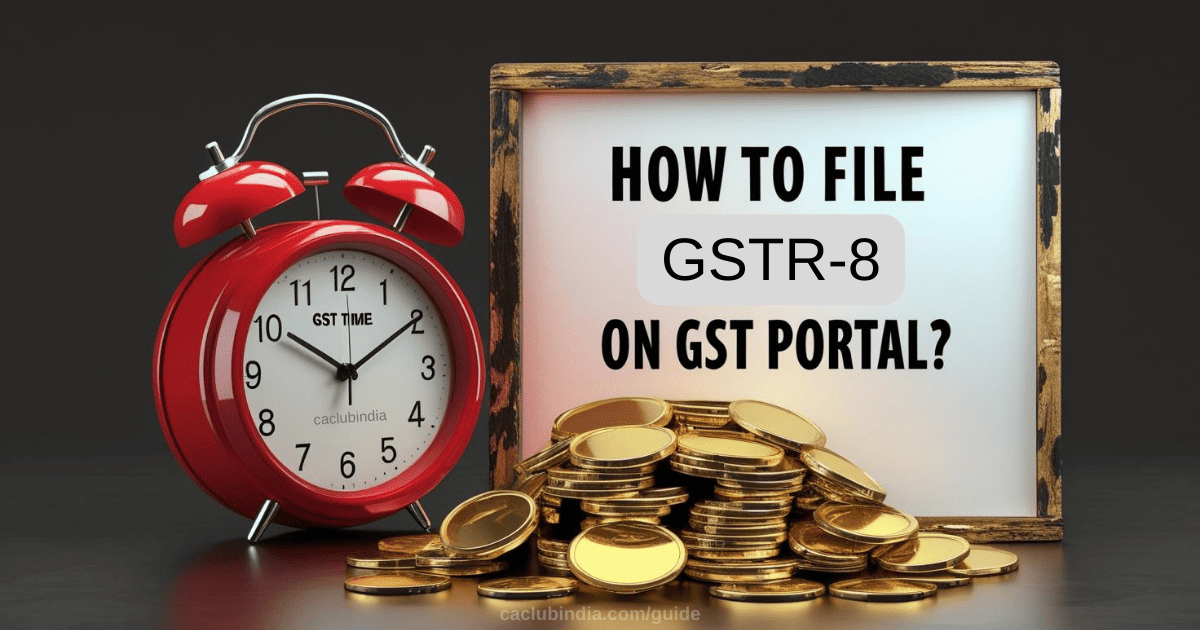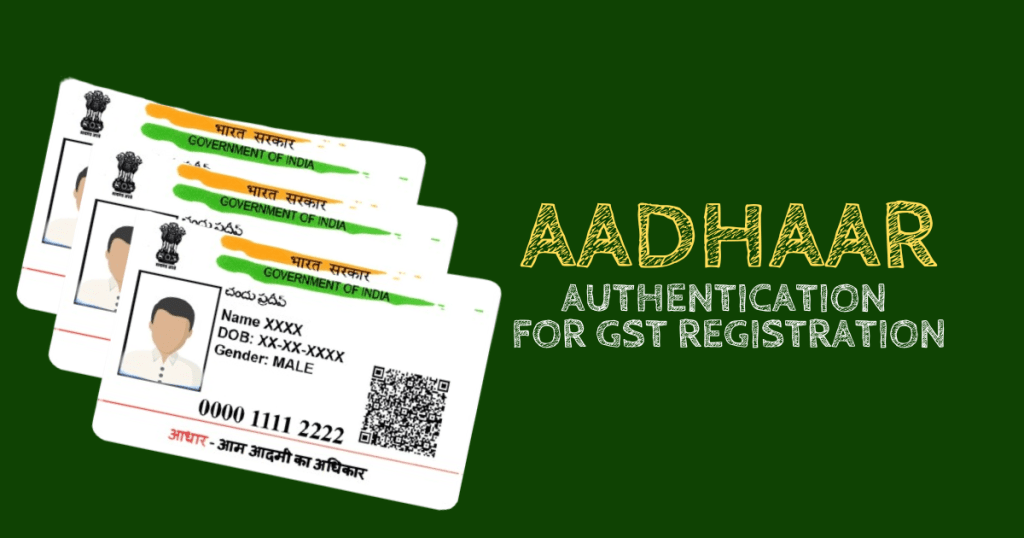What is GSTR-8?
GSTR-8 is a monthly GST return that e-commerce operators must file if they are liable to collect Tax Collected at Source (TCS) under GST laws. This return captures details of all supplies facilitated through their platform and the TCS amount deducted on these transactions.
Once filed, the TCS data from GSTR-8 is reflected in the suppliers’ GST records, allowing them to claim the TCS credit in their electronic cash ledger for offsetting future tax liabilities.
Who Should File GSTR-8?
E-commerce operators registered under GST who collect Tax Collected at Source (TCS) on the supplies made through their platform must file GSTR-8 each month.
Due Dates for GSTR-8 Filing
| Period | GSTR-8 Due Date |
| April 2025 | 10th May 2025 |
| May 2025 | 10th June 2025 |
| June 2025 | 10th July 2025 |
| July 2025 | 10th August 2025 |
| August 2025 | 10th September 2025 |
| September 2025 | 10th October 2025 |
| October 2025 | 10th November 2025 |
| November 2025 | 10th December 2025 |
| December 2025 | 10th January 2026 |
| January 2026 | 10th February 2026 |
| February 2026 | 10th March 2026 |
| March 2026 | 10th April 2026 |
How to File GSTR-8?
Online Method
- Access the GST Portal (www.gst.gov.in) and log in.
- Navigate to the Returns Dashboard and choose GSTR-8.
- Fill in all necessary transaction details, including supplies and TCS collected.
- Review the details, pay any applicable tax, and submit the return.
- Download and save the acknowledgment for future reference.
Offline Method
- Download the GSTR-8 Offline Utility from the GST Portal.
- Enter the required transaction details offline.
- Generate a JSON file and upload it to the GST Portal.
- Resolve any errors, if prompted, and submit the return.
TCS (Tax Collected at Source) Details
- TCS Rate: Generally 1% (comprising 0.5% CGST + 0.5% SGST) on the net taxable value of supplies.
- Collection & Deposit: The e-commerce operator collects TCS and deposits it with the government.
- Input Tax Credit (ITC): Suppliers can claim this TCS amount as credit after the e-commerce operator files GSTR-8.
Penalties & Late Fees
Late Fees
- Default Late Fee: ₹100 per day under CGST + ₹100 per day under SGST (total ₹200/day), subject to a maximum of ₹5,000. No late fee applies for IGST.
- If No Tax Liability: Reduced late fee of ₹20 per day (₹10 under CGST + ₹10 under SGST), capped at ₹1,000.
Interest on Overdue Tax
- Charged at 18% per annum, calculated from the original due date until the date of payment.
Additional Penalties for Non-Compliance
- If filing is not done even after receiving a notice, a penalty of ₹10,000 or the amount of tax evaded (whichever is higher) may be imposed.
Also Read – GSTR-6 Return: Strategies for Accurate ITC Distribution
FAQs
When an e-commerce operator deducts TCS from a seller’s sales, the amount is deposited with the government and reported through GSTR-8. This TCS detail then appears automatically in the supplier’s GSTR-2A statement, allowing the supplier to claim input tax credit for the TCS collected. Accurate and timely GSTR-8 filing by the operator ensures the seller’s TCS credits are reflected correctly in GSTR-2A, meaning the deducted TCS can be set off against the seller’s future GST liabilities, thereby reducing their net tax outflow.
To calculate TCS for GSTR-8, first determine the net taxable supplies made by each supplier through your e-commerce platform by subtracting returned goods/services from the total taxable supplies, then apply the applicable TCS rate—1% (0.5% CGST + 0.5% SGST for intra-state or 1% IGST for interstate)—on this net amount, ensuring accurate supplier-wise records and matching invoice details with GSTINs to avoid discrepancies in your GSTR-8 return.
No, if no TCS is deducted in a month, filing GSTR-8 is optional.
Yes, sellers can claim TCS as a credit in their GSTR-2B and adjust it against their GST liability.


